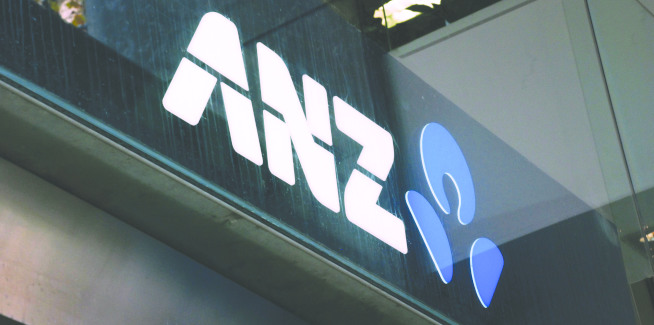The Australia and New Zealand Banking Group (ANZ) has become the latest bank to introduce increases to its fixed interest rates, with the changes coming into effect last Friday (12 November).
The announcement comes roughly one week after both the Commonwealth Bank of Australia (CBA) and Westpac confirmed that they too would be raising their own fixed rates.
These changes have seen fixed rates increase by a figure between 20 to 40 basis points. Owner-occupier one-year loans with principal and interest repayments and an LVR of 80 per cent or less, for example, have grown by 30 basis points to 2.44 per cent (comparison rate 4.26 per cent per annum).
Two-year and three-year loans under the same conditions now stand at 2.54 per cent per annum (comparison rate 4.11 per cent per annum) and 2.94 per cent per annum (comparison rate 4.08 per cent per annum) – a rise of 30 and 40 basis points respectively.
Fixed rate investor loans with principal and interest repayments and an LVR of 80 per cent or less too have increased, with one-year rates increasing by 20 basis points to 2.74 per cent per annum (comparison rate 4.83 per cent per annum).
Two-year and three-year investors loans with the same LVR and repayments have also climbed under these changes, now offering rates of 2.84 per cent per annum (comparison rate 4.65 per cent per annum) and 3.14 per cent per annum (comparison rate 4.56 per cent per annum).
The changes reflect a respective increase of 40 and 30 basis points.
For interest-only investment loans with an LVR of 80 per cent or less, one-year rates have increased by 20 basis points to 2.94 per cent per annum (comparison rate 4.85 per cent per annum), while two-year and three-year rates have boosted by 40 and 30 basis points – reflecting new rates of 3.04 per cent (comparison rate 4.69 per cent per annum) and 3.34 per cent per annum (comparison rate 4.63 per cent per annum).
At the time of writing, ANZ currently offers the highest fixed rates for a three-year owner-occupier loan out of the four major banks.
This trend of increasing fixed rates comes amid growing speculation that the cash rate will soon increase and the end of the Reserve Bank of Australia’s term funding facility – a perception arguably supported by a trend of banks simultaneously cutting their variable rates.
Last week (11 November), ING Australia introduced cuts to the variable rates for a select range of its owner-occupier and investor loans.
One day after ING introduced these changes, ME Bank confirmed it too was implementing cuts to the variable rate of its Flexible Home Loan with Member Package.
Under these changes, variable rates for owner-occupier loans between $400,000 and $700,000 with an LVR of 60 per cent or less have dropped from 2.33 per cent per annum to 2.24 per cent per annum (comparison rate 2.71 per cent per annum).
Those with an LVR of between 60 per cent and 70 per cent now feature a rate of 2.28 per cent per annum (2.74 per cent per annum) – a loss of 10 basis points.
Loans of $700,000 or over with an LVR of 60 per cent or less have dropped from 2.33 per cent per annum to 2.19 per cent per annum (comparison rate 2.66 per cent per annum), while those between 60 per cent and 70 per cent LVR have declined by 10 basis points to 2.28 per cent per annum (comparison rate 2.74 per cent per annum).
[Related: CBA raises fixed rates]
 ;
;